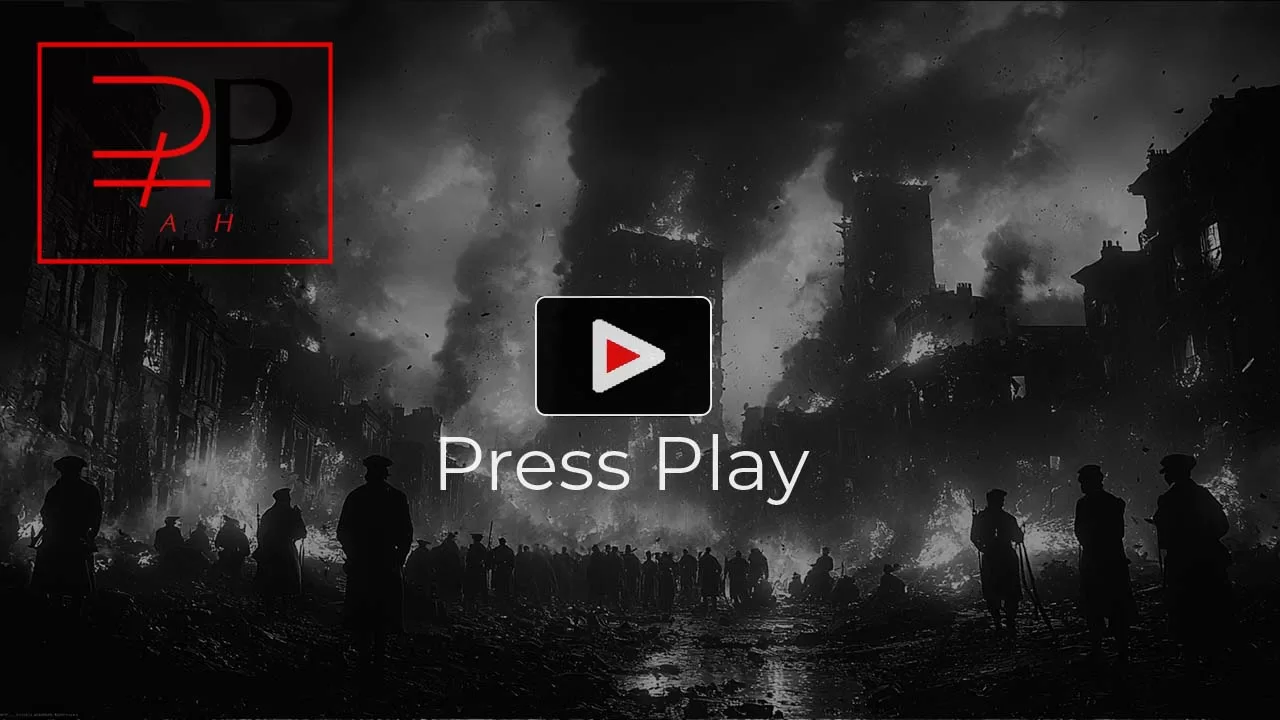The Washington DC Race Riot
The Red Summer of 1919
In the summer of 1919, Washington D.C.—supposedly the face of American democracy—turned into a war zone. White mobs, many of them off-duty military men, roamed the streets beating Black citizens while the police looked the other way. But this wasn’t just another chapter of quiet terror. Black Washingtonians fought back—hard. This riot wasn’t one-sided. It was resistance in the nation’s capital, a loud reminder that being silent in the face of violence was never the only option. This was about dignity, self-defense, and refusing to be hunted in your own neighborhood.
This project is part of The Truth Project, a visual archive uncovering the untold, overlooked, and erased chapters of American history. We don’t just report the facts; we revive them.
To explore more films or stories like this, visit our main archive or follow us on social media.




 and then
and then